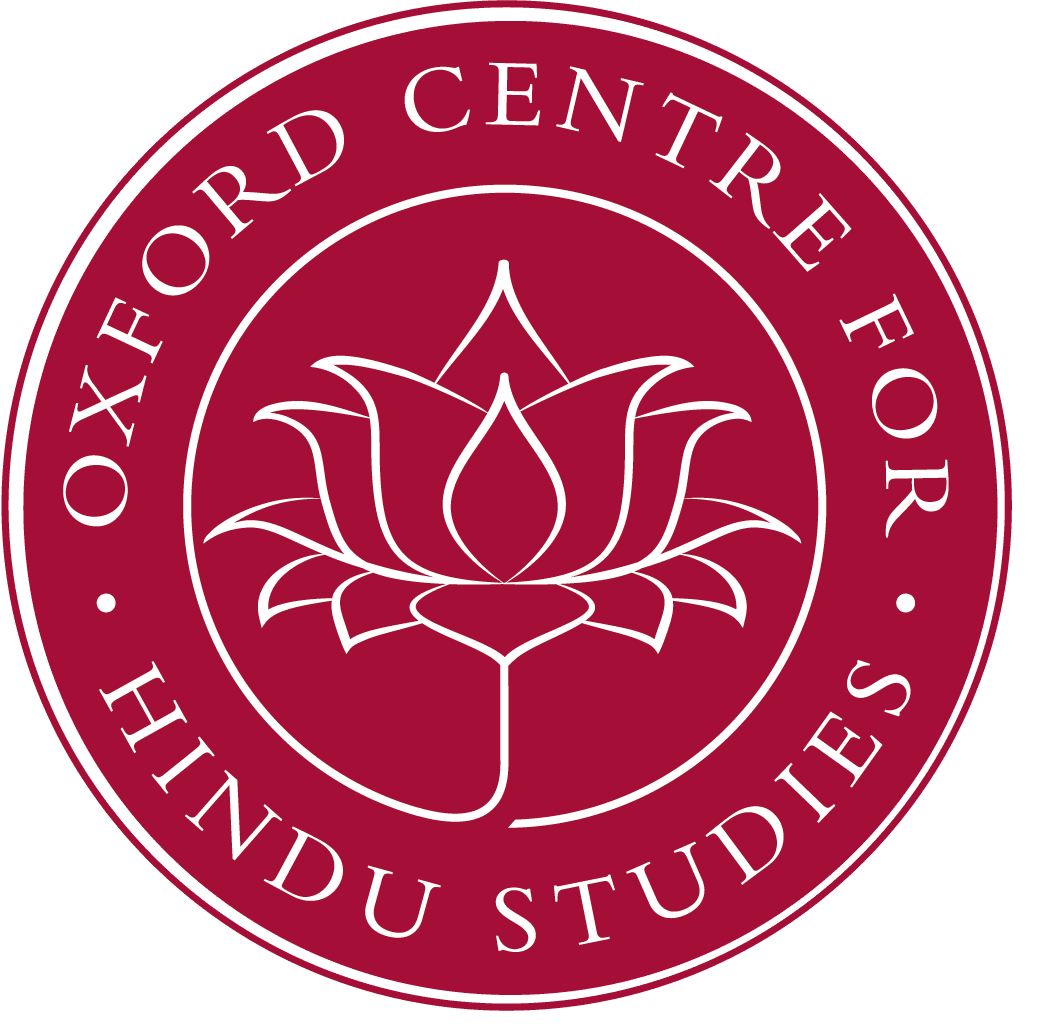A series of eight lectures These lectures will examine conceptions of liberation and paths leading to liberation in the history of “Hindu” traditions. After an introductory lecture that raises some of the theological questions about the relation of path to goal and the importance of ritual and asceticism in the history of Indian religions, we will begin with an examination of Samkhya, the philosophical backdrop of Yoga, and move on to the opening Yoga-sutras, their ideal of liberation as isolation (kaivalya), and the means of achieving that goal. We will trace the development of devotion (bhakti) and examine bhakti and yoga in the Bhagavad Gita before moving into the medieval period. Here the lectures will describe some developments of bhakti in vernacular literatures, focussing on both texts that advocate devotion to iconic forms and the later texts that advocate devotion to an absolute without qualities. Here we will also examine the importance of ritual texts and the relation between ritual, devotion and yoga. Lastly we will trace the themes of liberation and path with examples from selected tantric traditions within Vaisnavism and Saivism. While the lectures will place texts in their historical contexts, the course will not examine texts in a strictly chronological sequence, the stress being on theme. Throughout we will raise critical theological questions through engaging with texts in translation and raise the question about the extent to which liberation is a rhetoric that overlays other cultural forces. By the end of the course the student should have an understanding of soteriology in Hindu traditions, an understanding of some the main literatures associated with this, and an awareness of the philosophical and theological problems entailed. These lectures are aimed at students of theology and religious studies.
